Lichen Planus
Symptoms of Lichen Planus
Signs and Symptoms of Lichen Planus
Lichen planus (LP) is a chronic skin and mucous membrane condition that can affect different parts of the body in various ways. While symptoms may vary from person to person, there are some common signs that help identify this condition.
Common Signs and Symptoms
1. On the Skin
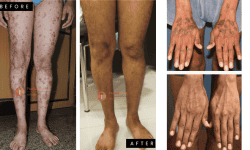
The most recognizable symptom of lichen planus on the skin includes:
- Purple or reddish-purple bumps – These are usually small and flat-topped.
- Itching – Often mild to severe, especially at night or during flare-ups.
- Flat, angular-shaped patches – They often appear in clusters, commonly on the wrists, lower back, ankles, or forearms.
- Darkened skin after healing – Especially in people with darker skin tones, the affected areas may leave behind dark marks.
2. In the Mouth
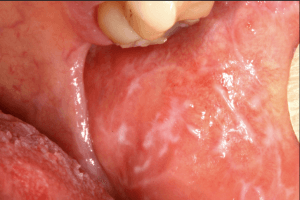
Oral lichen planus affects the mucous membranes inside the mouth and is quite common. Symptoms include:
- White, lace-like patches – Known as “Wickham’s striae,” these patterns appear on the inner cheeks, tongue, or gums.
- Painful sores or ulcers – May make eating, drinking, or brushing teeth uncomfortable.
- Redness and swelling – The mouth tissues may feel sore or tender.
3. On the Scalp
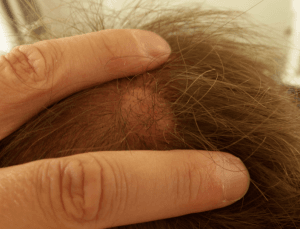
When lichen planus affects the scalp, it can cause:
- Red, inflamed patches
- Hair loss – This can be temporary or permanent if the hair follicles get damaged.
- Scaling or crusting
- In severe cases, scarring may occur, leading to bald spots.
4. On the Nails
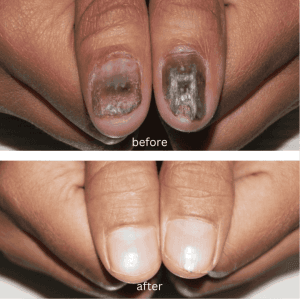
Lichen planus can also impact fingernails and toenails, causing:
- Thin or brittle nails
- Ridges or grooves
- Nail loss – In more severe cases
- Scarring under the nail bed
5. On Genital Areas
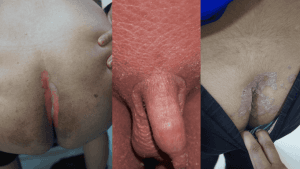
In some people, LP affects the genital skin, causing:
- Itchy or painful sores
- White patches
- Scarring or discomfort – Especially in women
How Long Does Lichen Planus Last?
Lichen planus is a chronic condition , meaning it can last for months to years. Some people experience flare-ups followed by periods of remission, while others have persistent symptoms.
- Skin lesions may clear up within 6–9 months but can come back.
- Oral and genital forms tend to last longer and may require ongoing care.
- Nail and scalp involvement can lead to long-term changes like hair loss or nail damage.
When to See a Doctor
You should consult a healthcare provider if:
- You notice unexplained rashes, bumps, or sores that don’t go away.
- Your symptoms are getting worse or spreading.
- You experience pain, difficulty eating, or discomfort due to oral or genital sores.
- There are visible changes in your nails or hair loss.
- Over-the-counter treatments aren’t helping.
Early diagnosis and proper care can help manage symptoms effectively and improve your quality of life.
Looking for Natural Relief?
At Psoriatreat Clinics , we specialize in holistic and natural treatment options for lichen planus, led by Dr. Sonawane . Our online consultations support patients worldwide in managing their symptoms safely and gently.
If you’re struggling with lichen planus, reach out today and start your journey toward better skin health — naturally.
